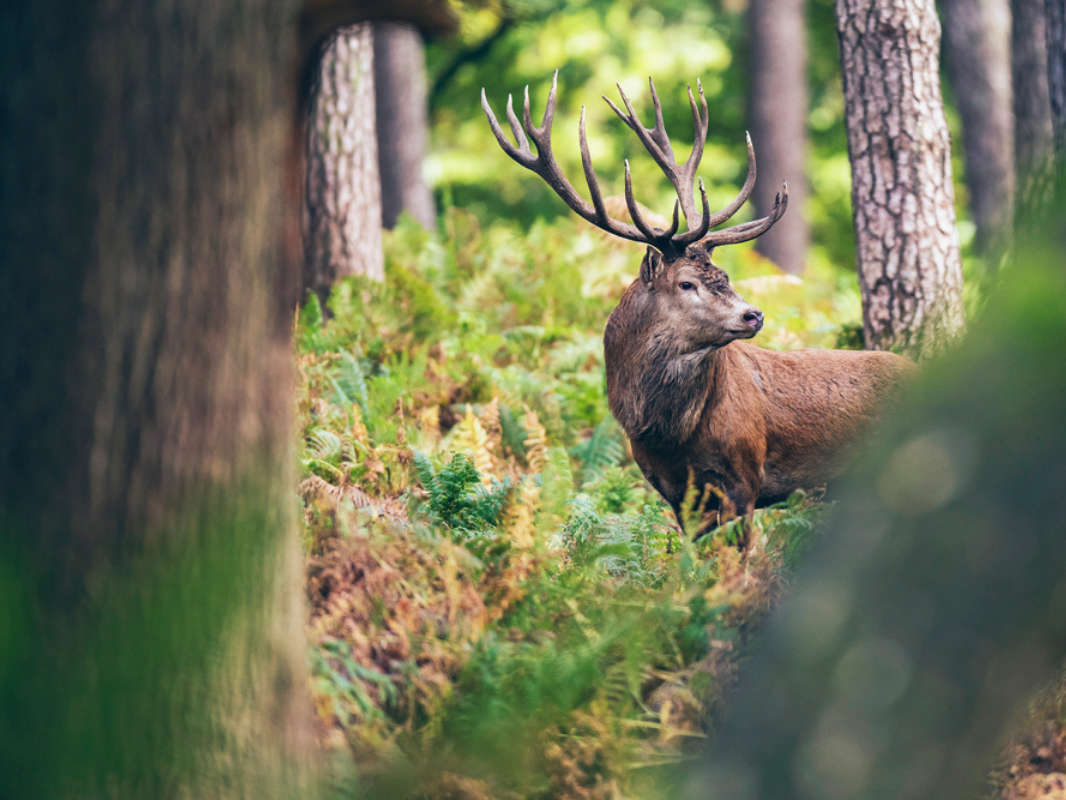
Deer cross the road all year round, but their presence peaks in April and May when young deer are born.
Collisions with the animals can result in death for both the animal and the driver as well as significant damage to your vehicle and there are a number of collisions in East Sussex every year - particularly in the Ashdown Forest area.
What to do if you hit a deer
Remain calm and keep yourself and anyone with you as safe as you can.
Park your car in a safe place with your hazard lights on.
Do not touch the deer. It could cause further distress or cause it to run back into the road. An injured deer will not benefit from efforts to sit with it or keep it warm.
Telephone the emergency services on 999:
- If anyone is injured
- Or there is a danger to others, for example, deer alive or found dead on the road could be dangerous to other drivers.
Telephone the non-emergency line on 101:
- If the deer is injured and on the side of the road, not causing a danger to others
The police will deal with any traffic issues and have access to specialist Deer Wardens who will know the best course of action to take if the deer is still alive.
When are deer around?
Deer cross the roads all year round. Their presence peaks in April to May when young deer are born and from October to November for the autumn mating season. Take particular care at dawn and dusk.
Seen one, then look for another?
If a deer crosses in front of you, it is likely that another will follow. If it is safe to do so, slow right down or stop and wait. Deer are unpredictable so drive with caution.
Be aware
Deer often cross the roads in the same locations. Deer warning signs are put up where deer are known to cross regularly. When you see a warning sign or are travelling through a heavily wooded stretch of road, you should slow down, stay alert and be prepared to stop.
Use your lights
After dark, use full-beam when there is no opposing traffic. The headlight beam will illuminate the eyes of deer on or near a road and help you to spot them.
When a deer or other animal is seen on the road, dip your headlights as animals startled by the beam may cause them to ‘freeze’ rather than leave the road.

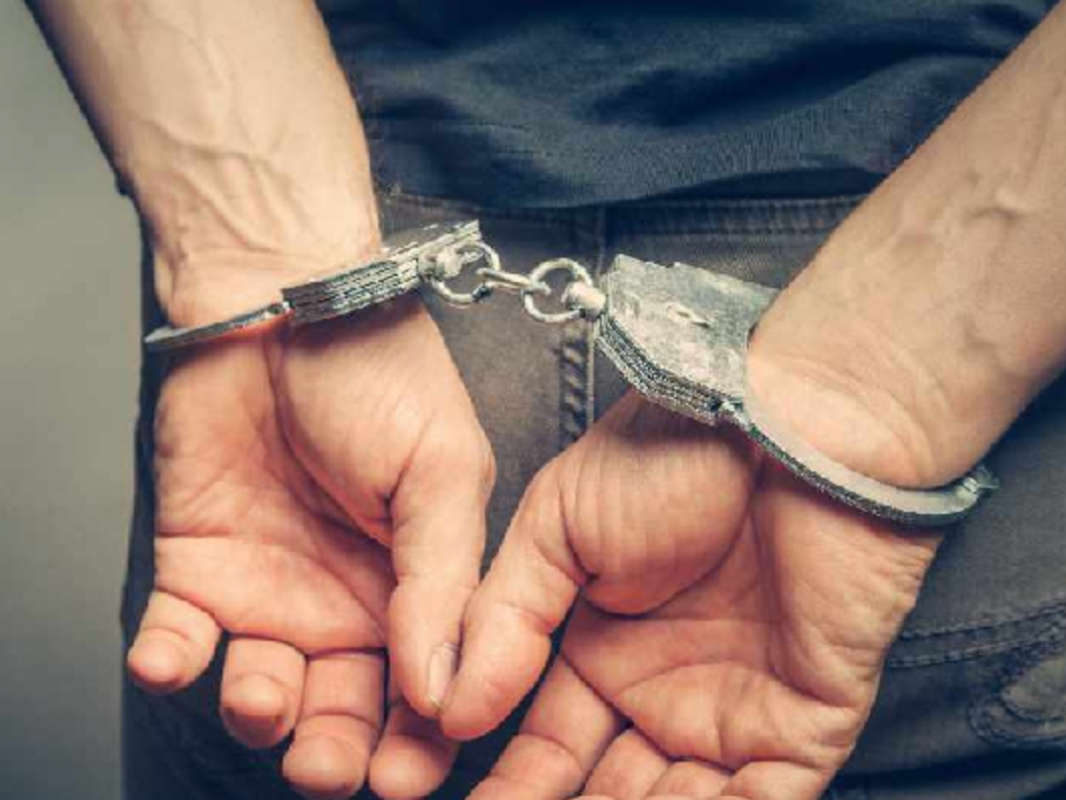 Teenager In Custody On Crawley Attempted Murder Charge
Teenager In Custody On Crawley Attempted Murder Charge
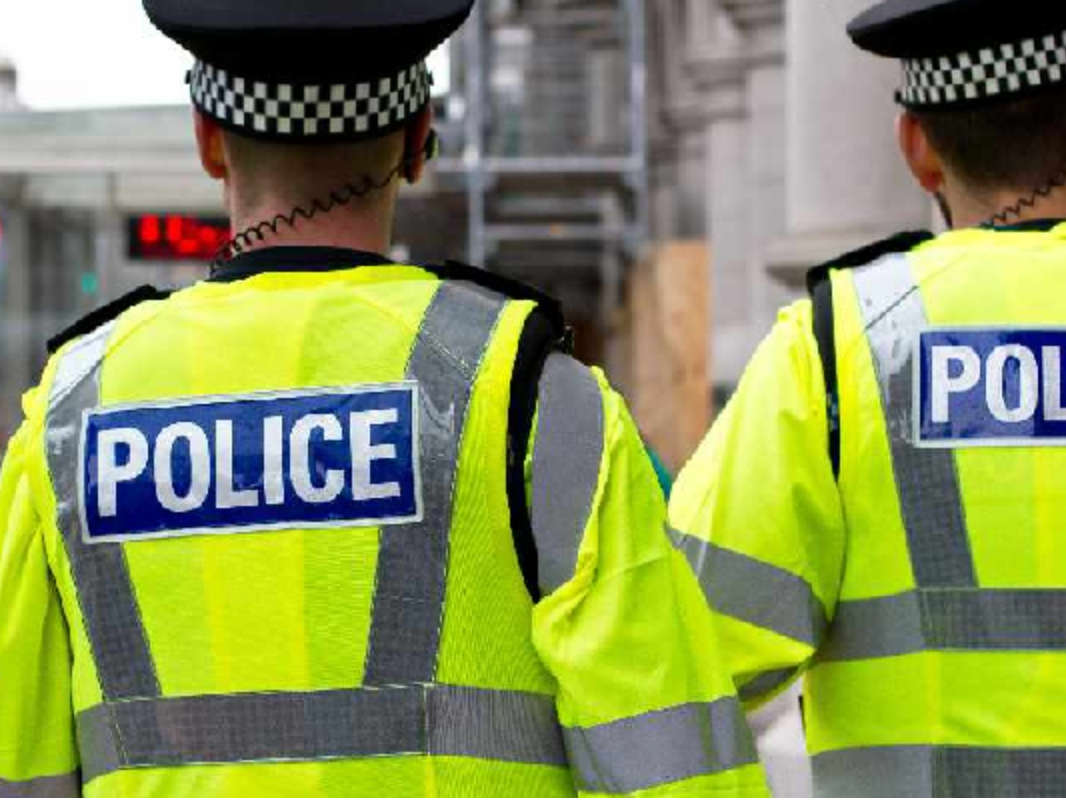 Appeal Following Assault In Hastings
Appeal Following Assault In Hastings
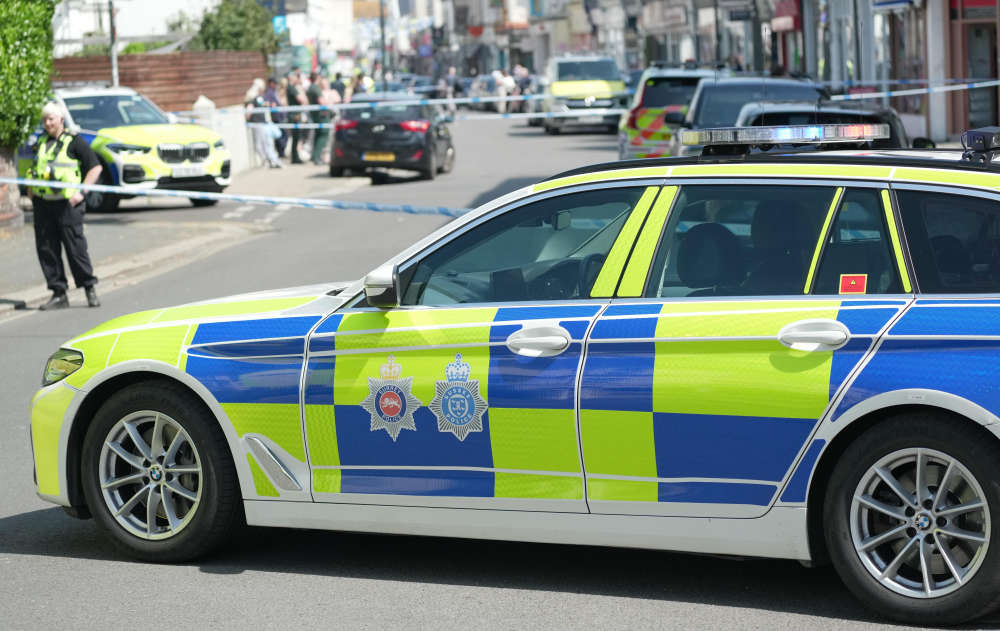 Road Closed As Armed Police Attend Incident In Worthing
Road Closed As Armed Police Attend Incident In Worthing
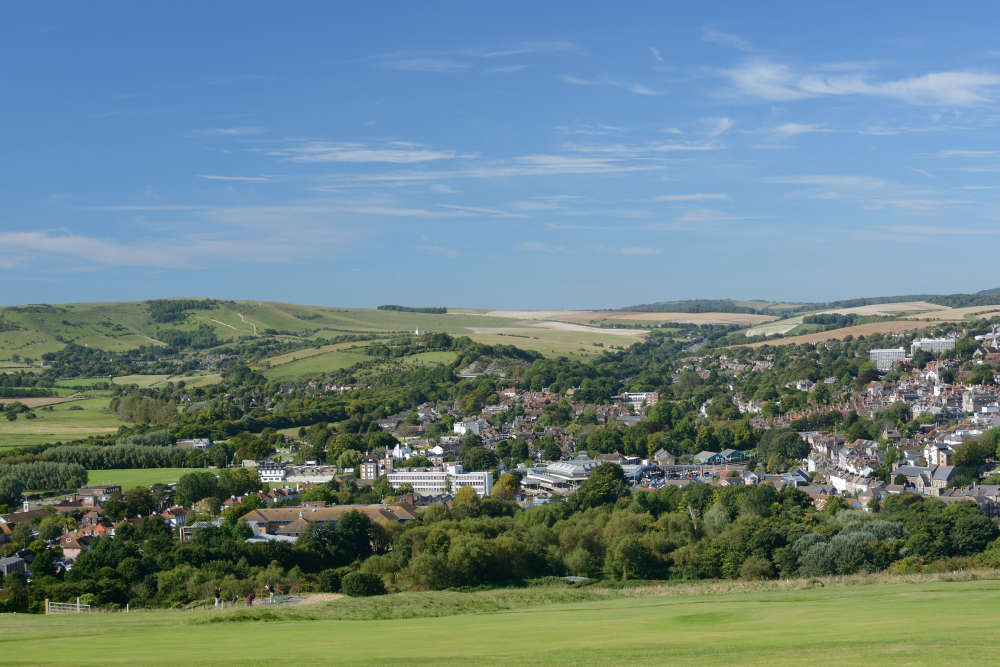 Lewes District Council Placed In Planning Special Measures
Lewes District Council Placed In Planning Special Measures
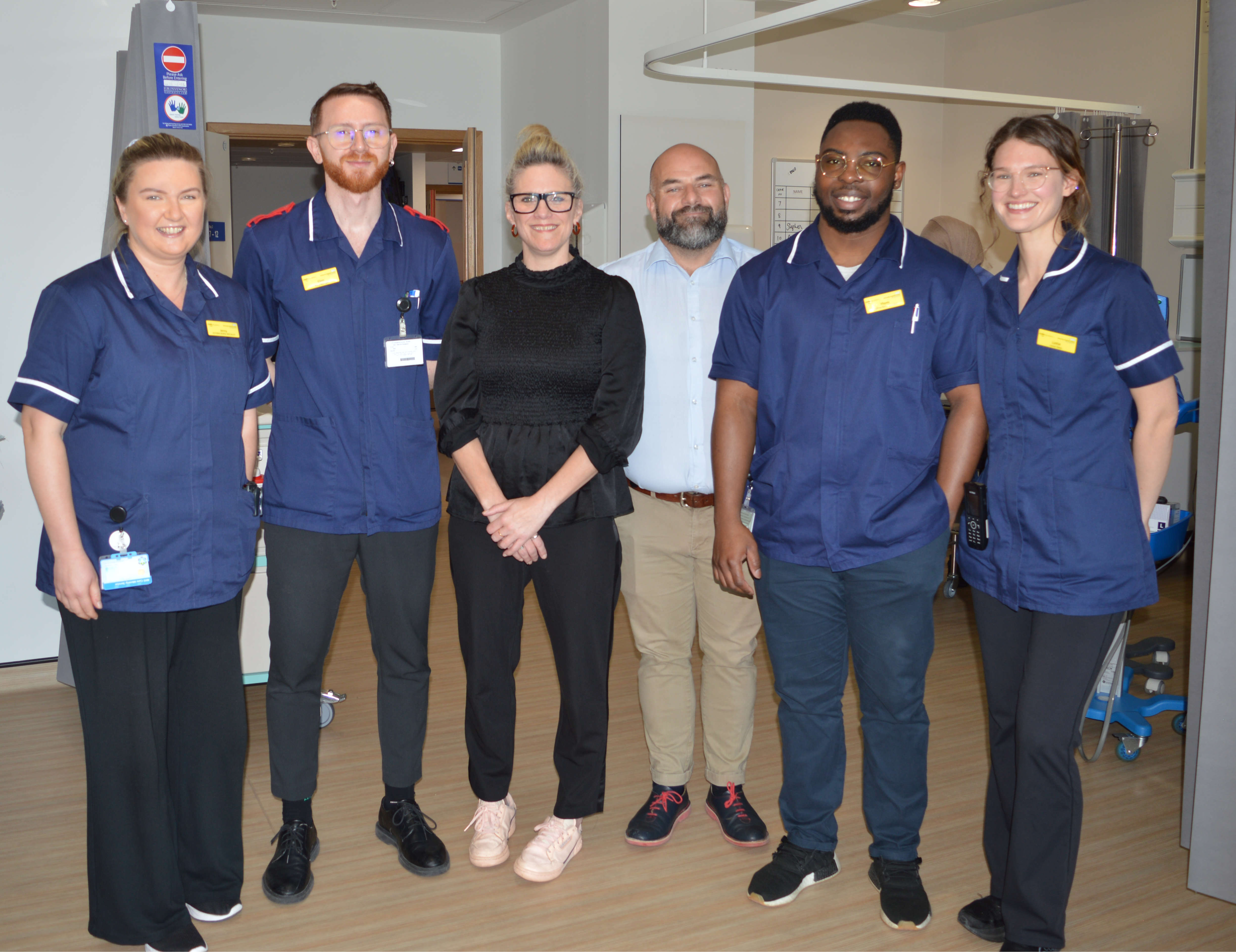 ‘Life-Changing’ Medication For Asthma Patients Now Available In Sussex
‘Life-Changing’ Medication For Asthma Patients Now Available In Sussex
 Arms Factory Demonstrator Disrupts Brighton & Hove Council Meeting
Arms Factory Demonstrator Disrupts Brighton & Hove Council Meeting
 Patients Forced Into 'Pharmacy Bingo' - As Survey Says Medicine Shortages 'Beyond Critical'
Patients Forced Into 'Pharmacy Bingo' - As Survey Says Medicine Shortages 'Beyond Critical'
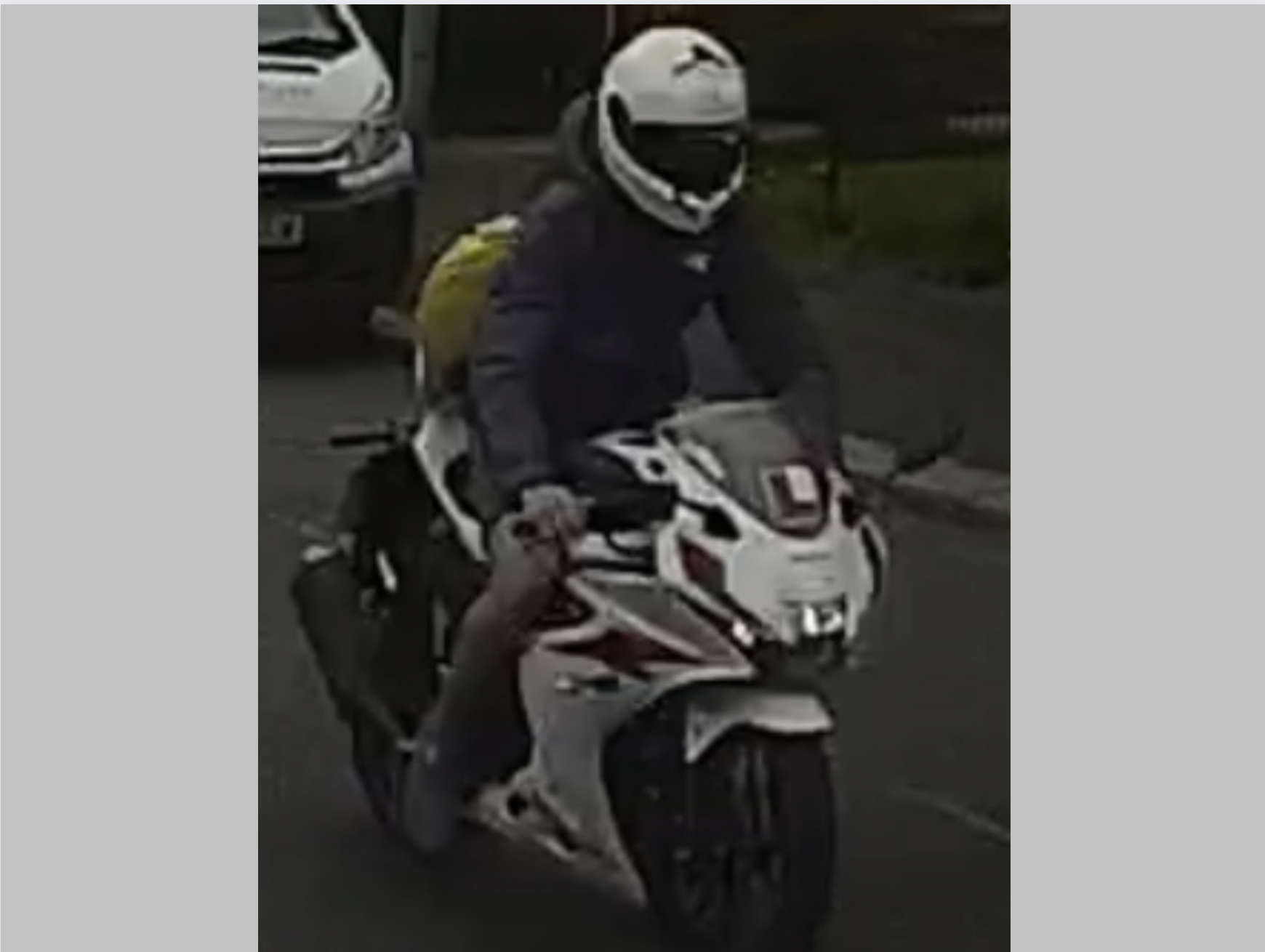 Appeal for information After Man Dies In Hastings Collision
Appeal for information After Man Dies In Hastings Collision
 Wealden To Hold National Dementia Action Week This Month
Wealden To Hold National Dementia Action Week This Month
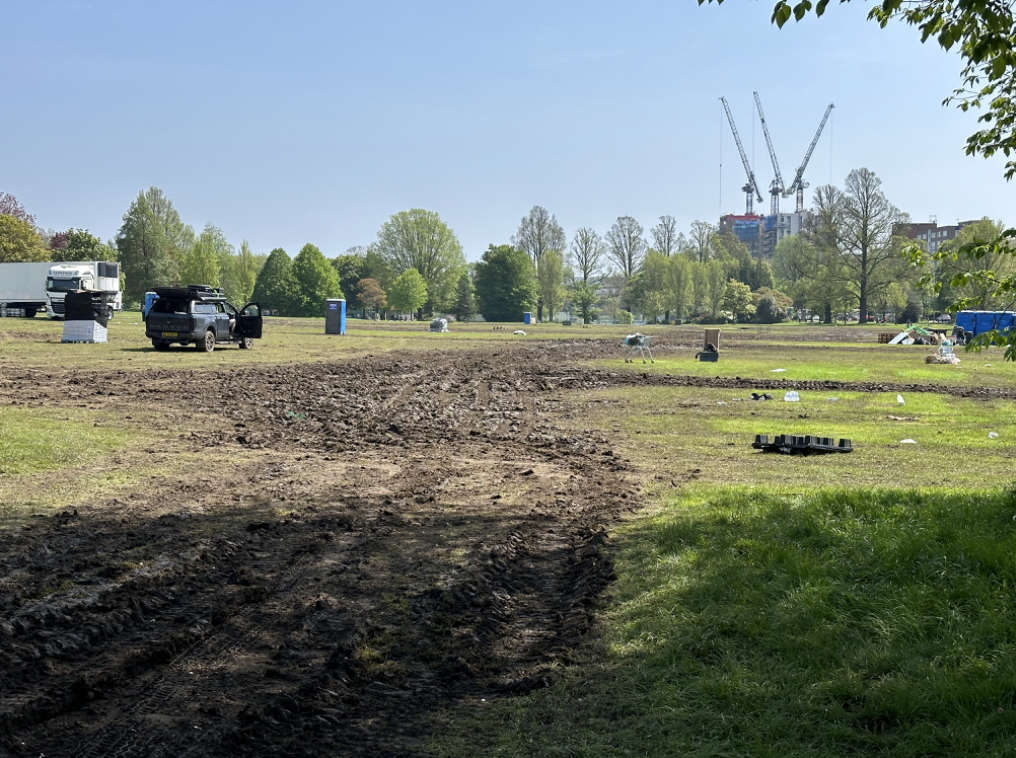 Brighton Food Festival To Be Charged For Mud Bath
Brighton Food Festival To Be Charged For Mud Bath